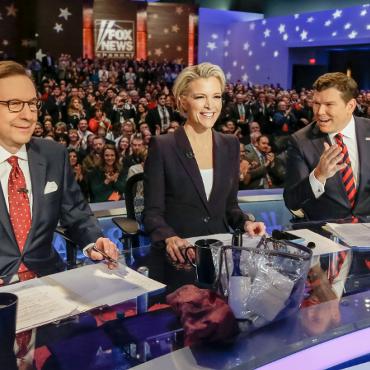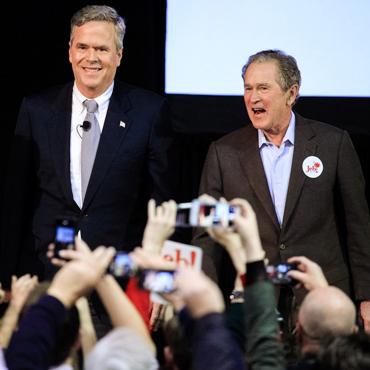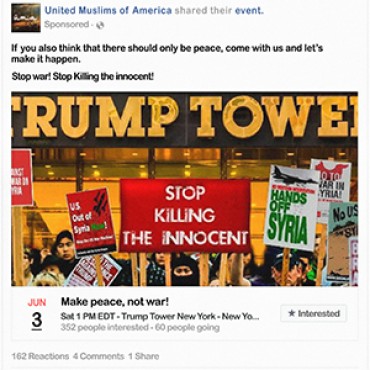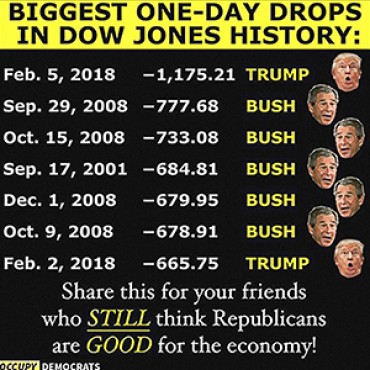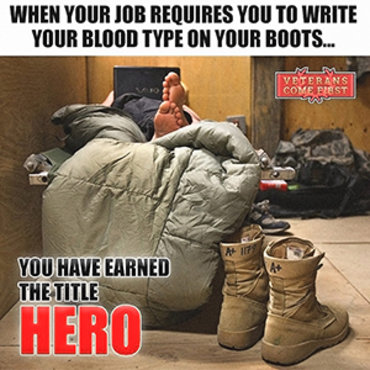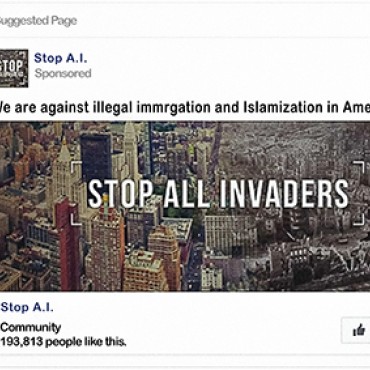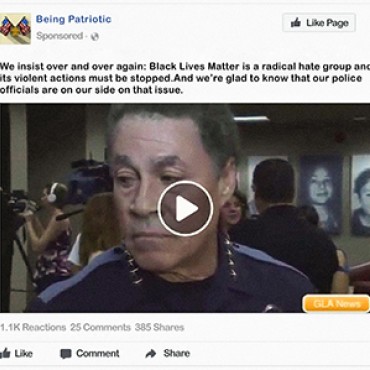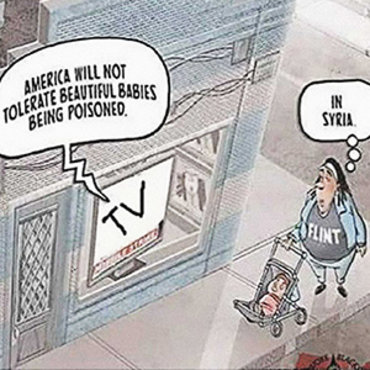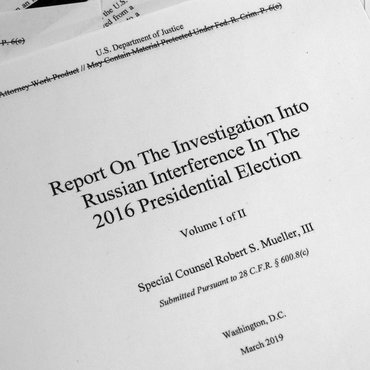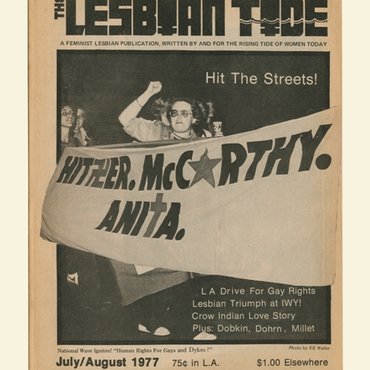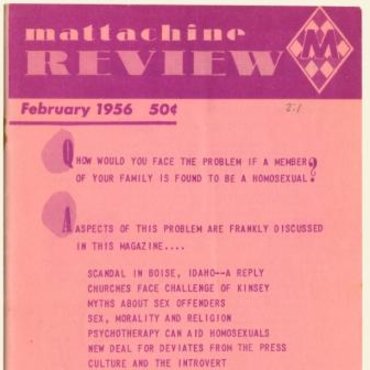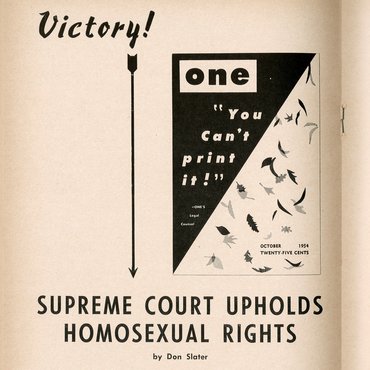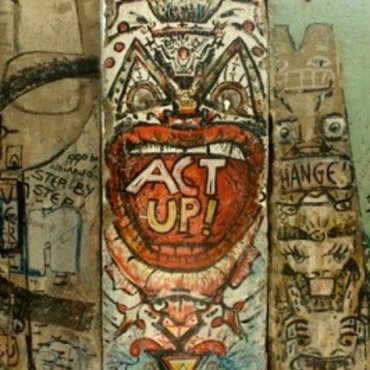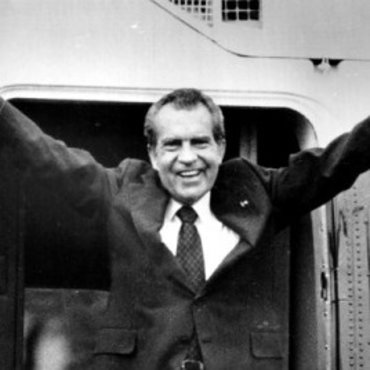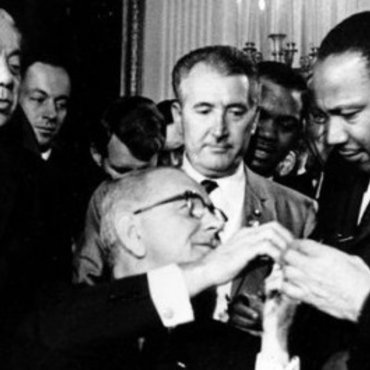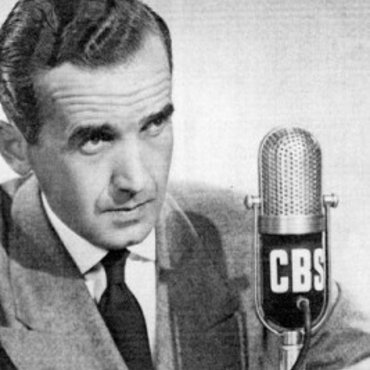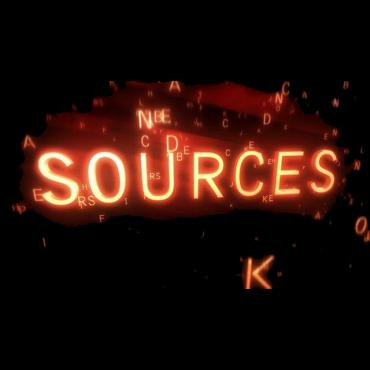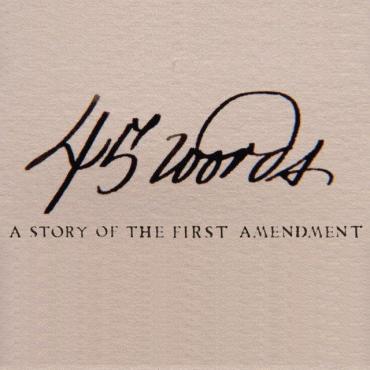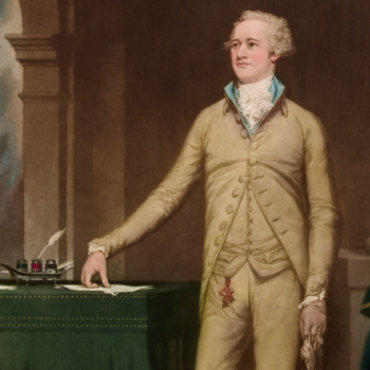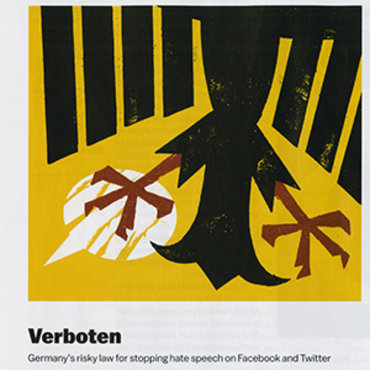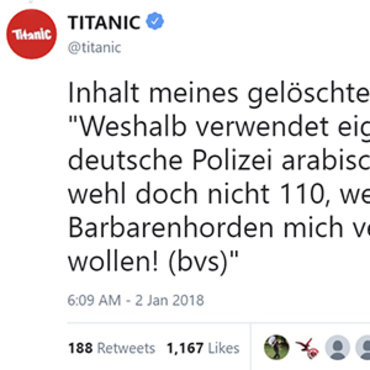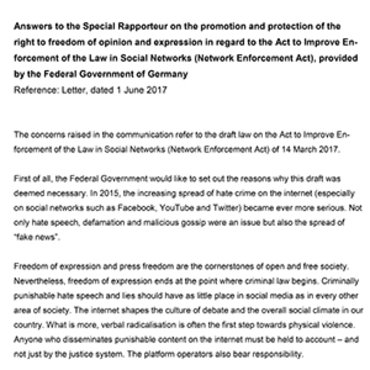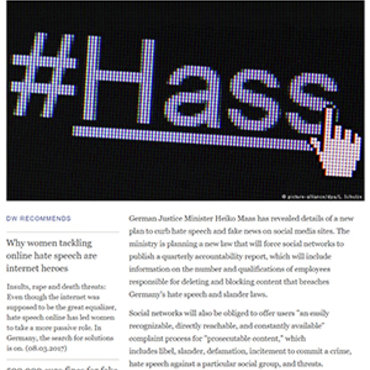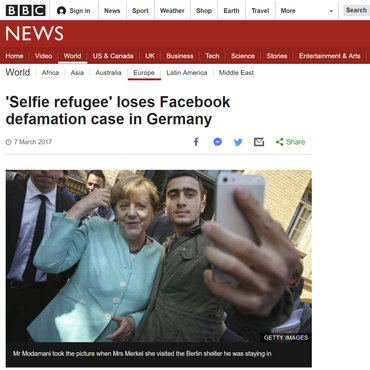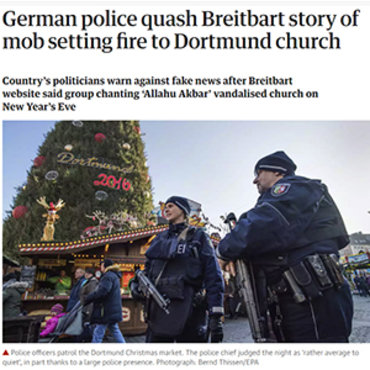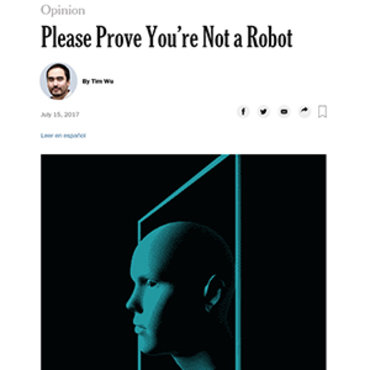Lesson Plan
The Making of Fake News: A Case Study
An NPR investigation into a fake news creator forms the basis for an exploration of the motivations and methods behind fake news stories.
Get even more great free content!
This content contains copyrighted material that requires a free NewseumED account.
Registration is fast, easy, and comes with 100% free access to our vast collection of videos, artifacts, interactive content, and more.
Sign Up
?
NewseumED is provided as a free educational resource and contains copyrighted material. Registration is required for full access. Signing up is simple and free.
With a free NewseumED account, you can:
- Watch timely and informative videos
- Access expertly crafted lesson plans
- Download an array of classroom resources
- and much more!
Duration
30-60 minutes
Topic(s)
- Current Events
- Journalism
- Politics
Grade(s)
- 6-12
- In advance, read or listen to the NPR story in its entirety. Decide how much of the interview you will make available to your students.
- Note: The interview excerpts following the news story include content that may not be acceptable for some students, and you may wish to print the news story only.
- Ask your students what they’ve heard about fake news. Discuss their responses and create a class definition of “fake news.” Be sure to differentiate between the true definition of fake news — stories that are completely fabricated/fictional — and the other ways in which the term is being used, such as to describe news that you disagree with, news that is biased, or news that is flawed. Explain that you will be focusing on fake news meaning false news.
- Ask your students why they think individuals create fake news stories and discuss their answers. Tell them they will learn more about possible motivations by reading/listening to an investigation conducted by NPR, where the reporters used some detective work to track down one of the anonymous creators of these stories.
- Have your students read or listen to the NPR story individually or in small groups and complete the accompanying worksheet.
- Discuss their responses and the questions below.
- Access to the NPR story We Tracked Down a Fake-News Creator in the Suburbs. Here’s What We Learned (http://archive.is/mvin5, audio and/or download written transcript)
- The Making of Fake News: A Case Study worksheet (download), one per student
- Which do you think is more work: creating fake news or reporting real news? Explain.
- Do you think Jestin Coler is being honest about why he creates fake news? Explain.
- What are the dangers of fake news?
- Do you think fake news is a problem? Why or why not? And if so, what can we do to address this problem?
- Do you think Coler is right that fake news is going to continue to grow? Why or why not?
-
Common Core State Standards: CCSS.ELA-LITERACY.CCRA.SL.1
Prepare for and participate effectively in a range of conversations and collaborations with diverse partners, building on others' ideas and expressing their own clearly and persuasively. -
Common Core State Standards: CCSS.ELA-LITERACY.CCRA.SL.2
Integrate and evaluate information presented in diverse media and formats, including visually, quantitatively, and orally. -
Common Core State Standards: CCSS.ELA-LITERACY.CCRA.SL.3
Evaluate a speaker's point of view, reasoning, and use of evidence and rhetoric.
-
NCSS C3 Framework: D2.Civ.8.6-8 and D2.Civ.8.9-12
6 - 8: Analyze ideas and principles contained in the founding documents of the United States, and explain how they influence the social and political system. 9 - 12: Evaluate social and political systems in different contexts, times, and places, that promote civic virtues and enact democratic principles.
-
ISTE: 7d. Global Collaborator
Students explore local and global issues and use collaborative technologies to investigate solutions.
-
Center for Civic Education: CCE.V
A. What is citizenship? B. What are the rights of citizens? C. What are the responsibilities of citizens? D. What civic dispositions or traits of private and public character are important to the preservation and improvement of American constitutional democracy? E. How can citizens take part in civic life?








